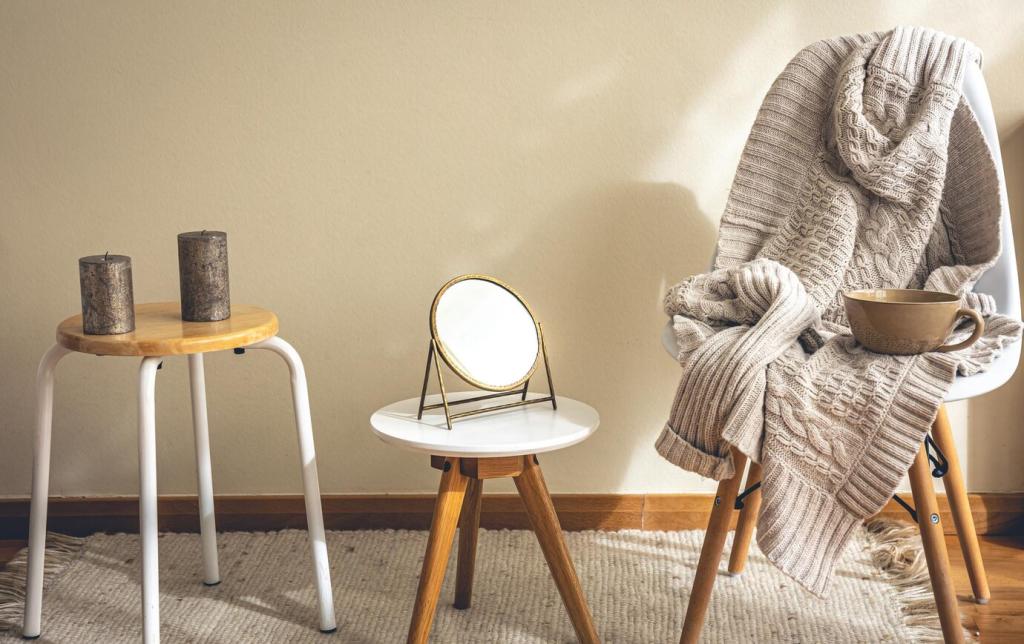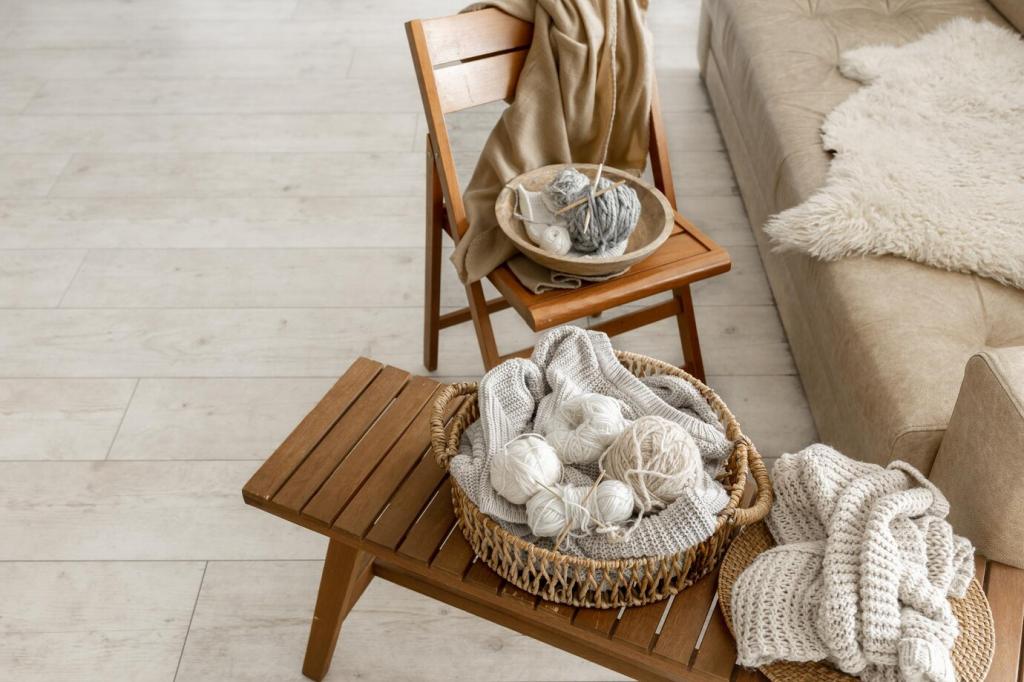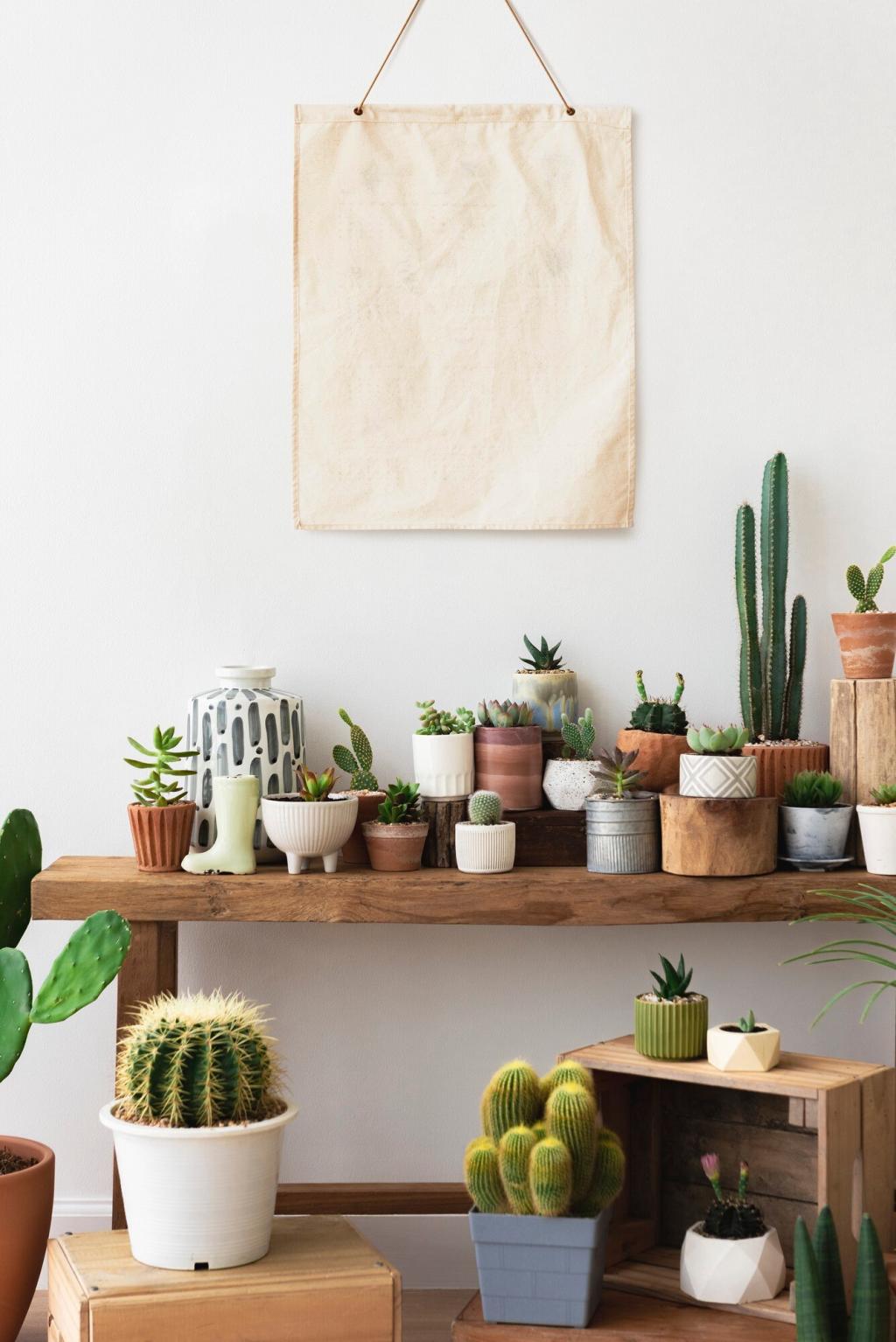What Makes a Palette Eco-Conscious
Choose low-VOC or zero-VOC paints and mineral or plant-derived pigments when possible, reducing harmful emissions during application and use. Look for credible certifications like Greenguard or EU Ecolabel. Earthy neutrals inspired by clay, ochre, and charcoal often require fewer brighteners, supporting healthier interiors without sacrificing depth or warmth.
What Makes a Palette Eco-Conscious
On OLED screens, darker interfaces can reduce energy use, while careful palette indexing can shrink PNG file sizes without noticeable banding. Favor CSS gradients over heavy images, and limit gratuitous photographic overlays. Tell us which tools you use to balance performance, beauty, and eco-conscious color in your interfaces.
What Makes a Palette Eco-Conscious
Moss greens, river blues, and soil browns evoke calm, renewal, and trust when balanced with breathable whites and textured neutrals. These tones invite slower attention, reflecting the patience of natural cycles. Pair tenderness with clarity by maintaining strong typographic contrast so your message remains clear and inclusive for everyone.









